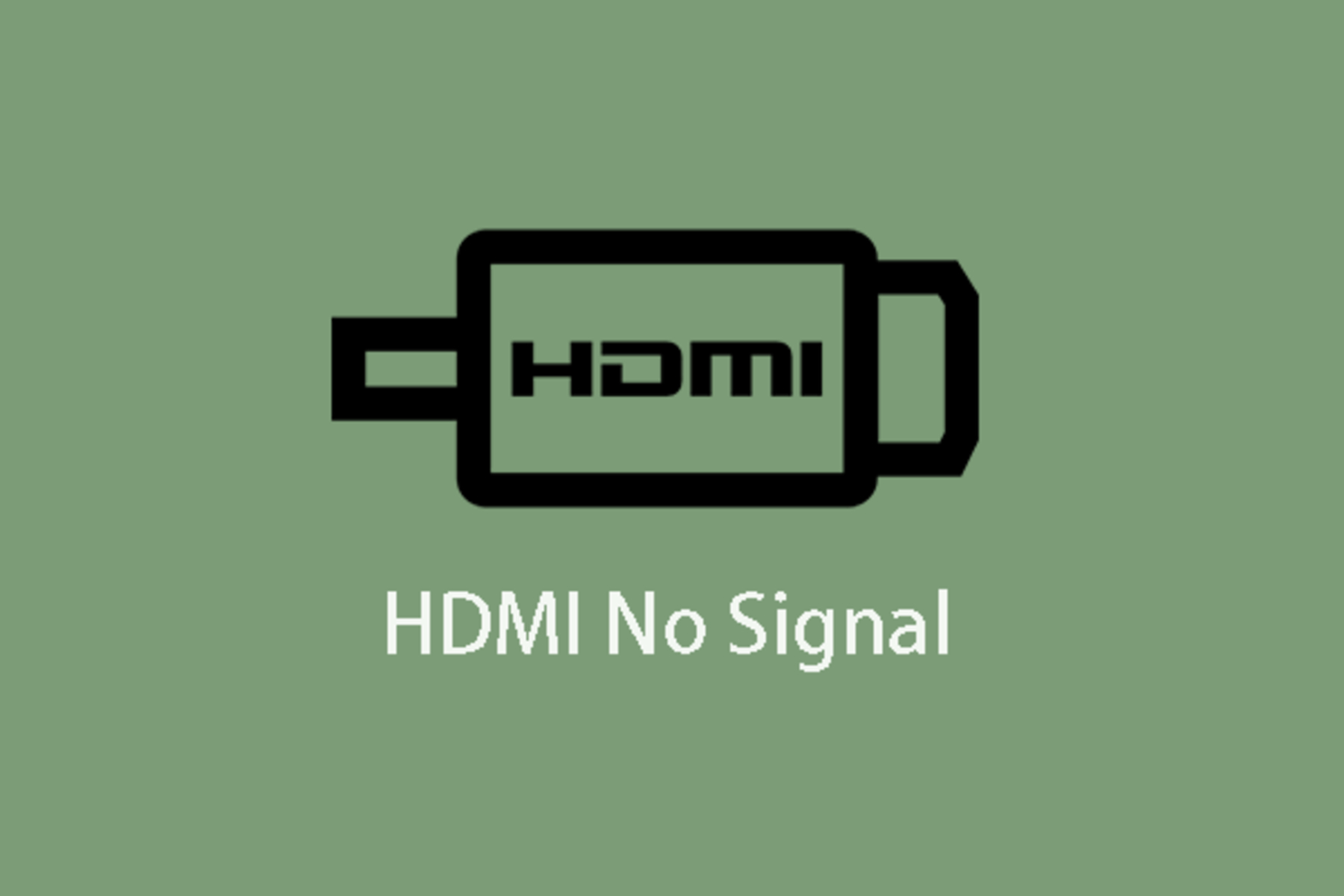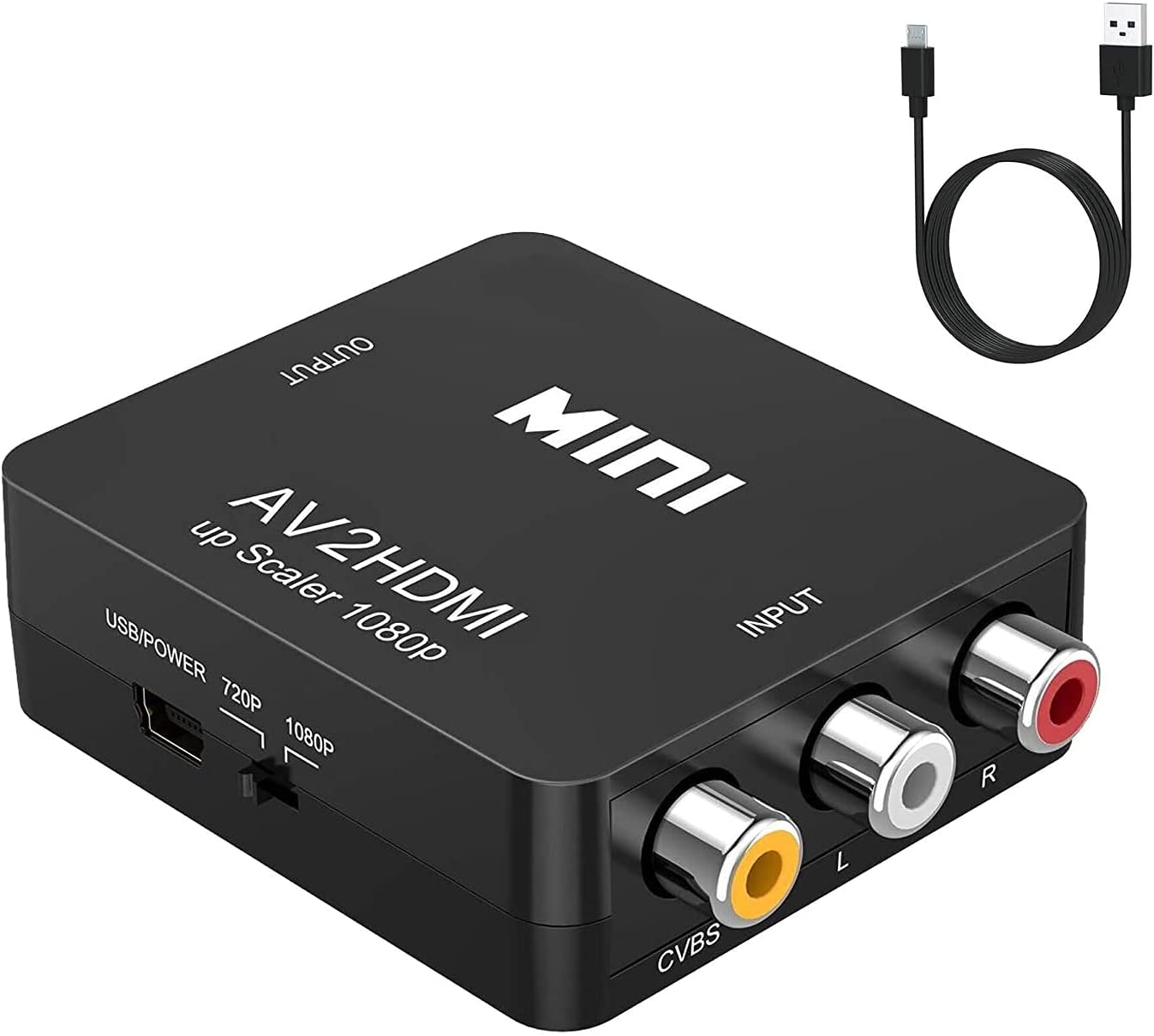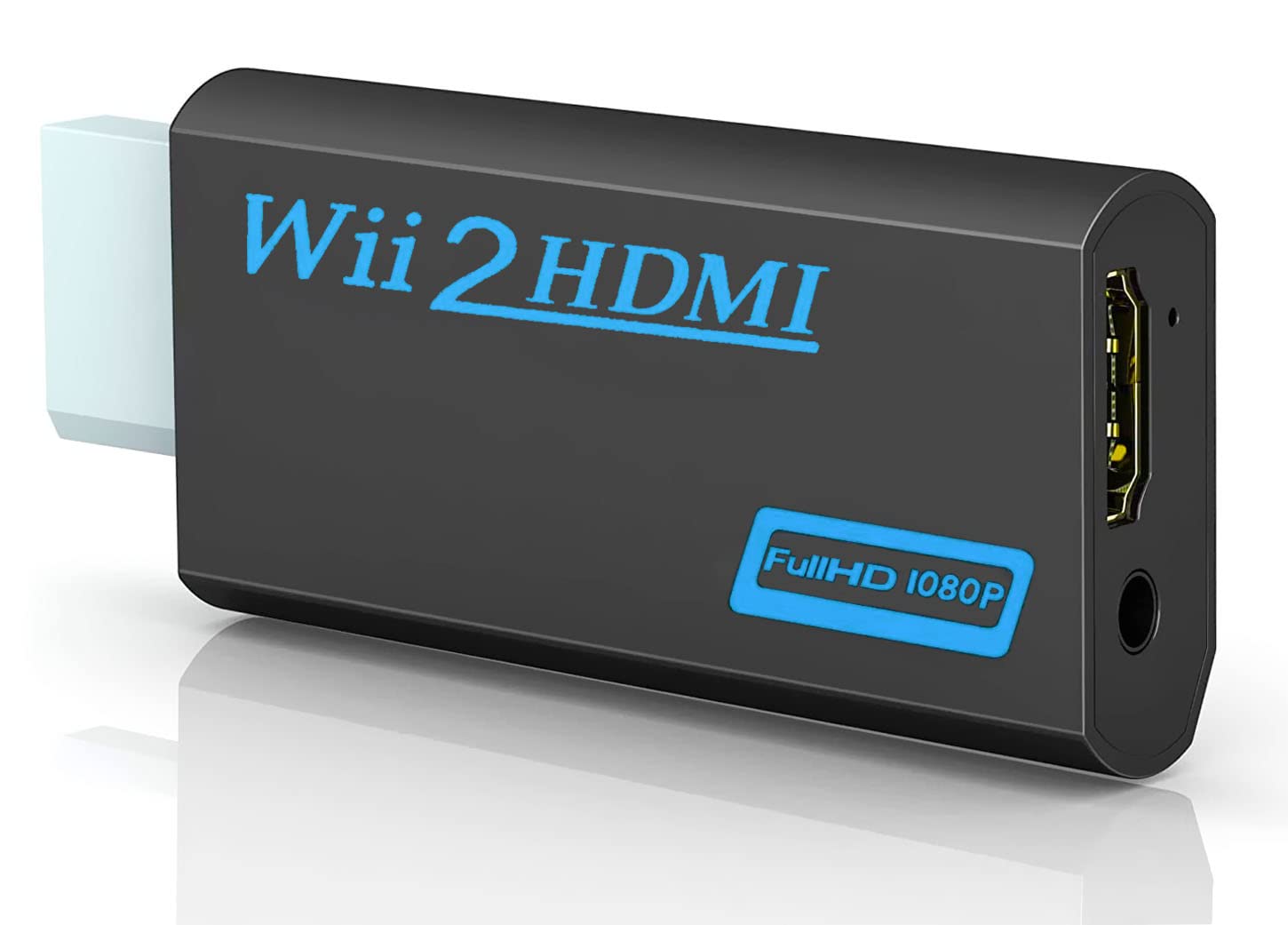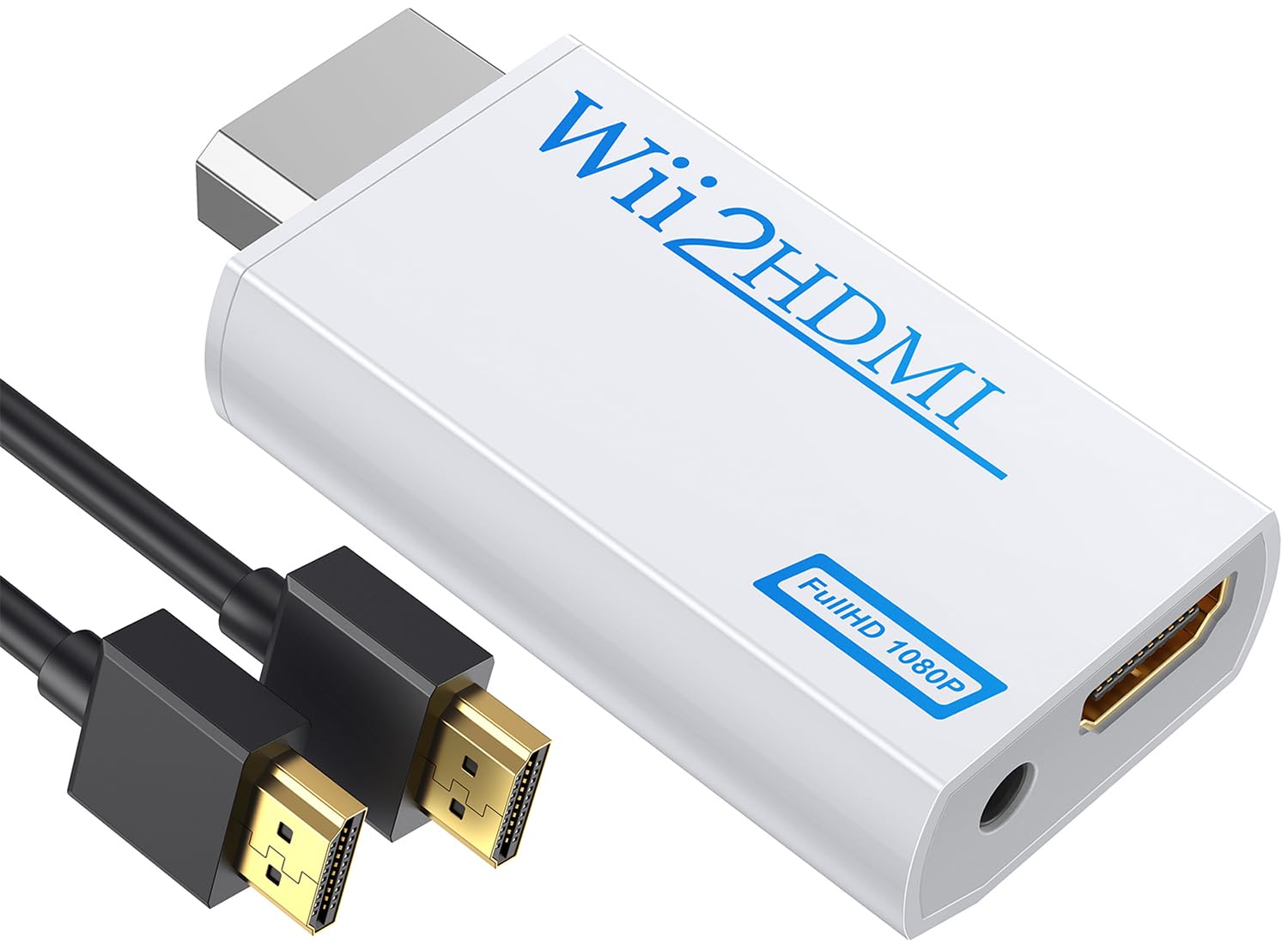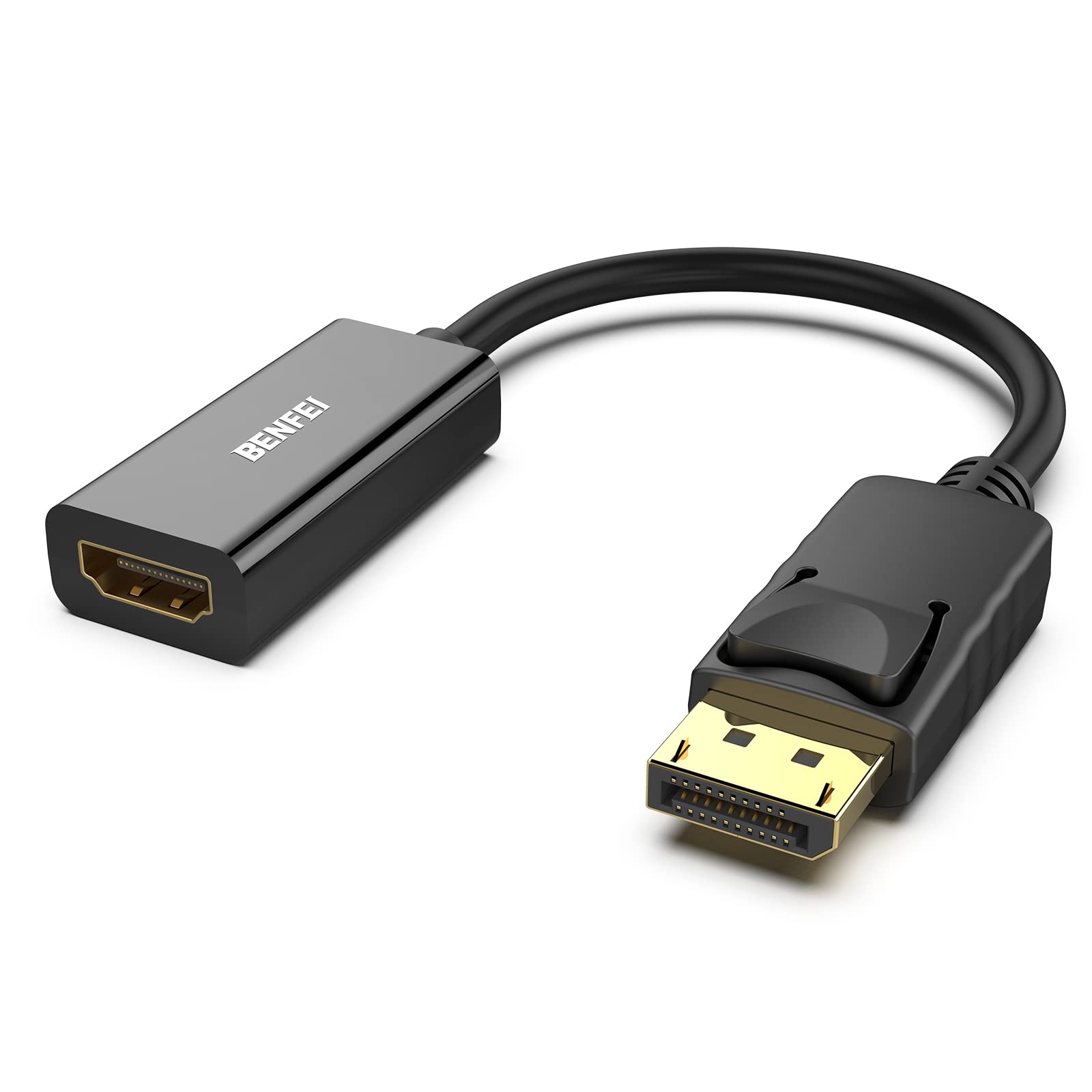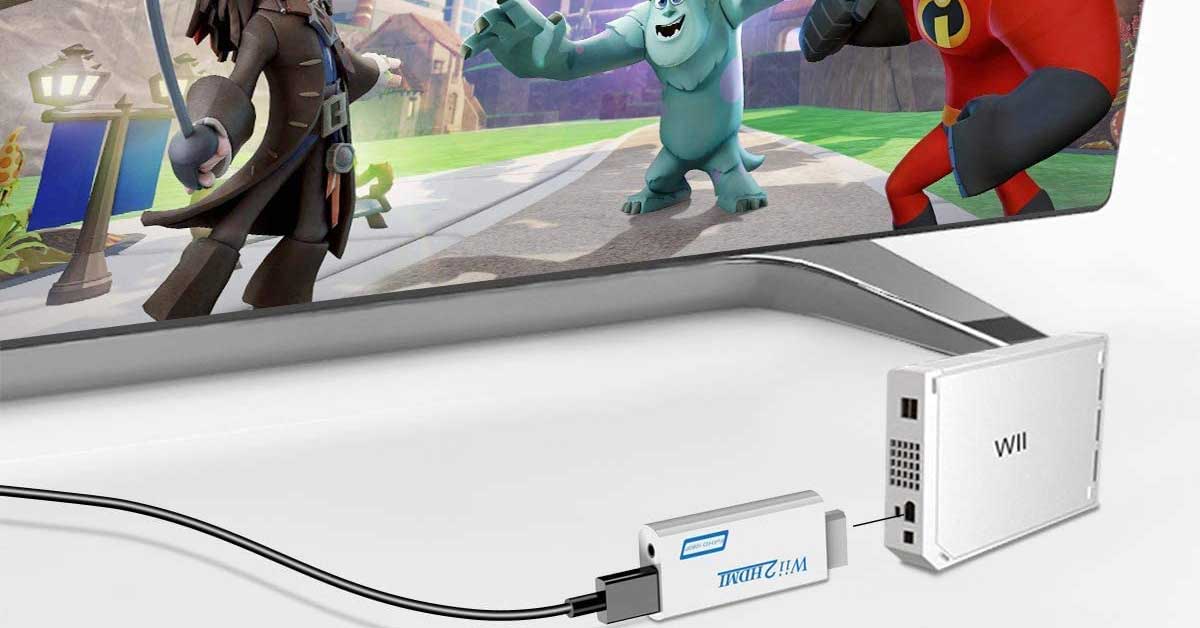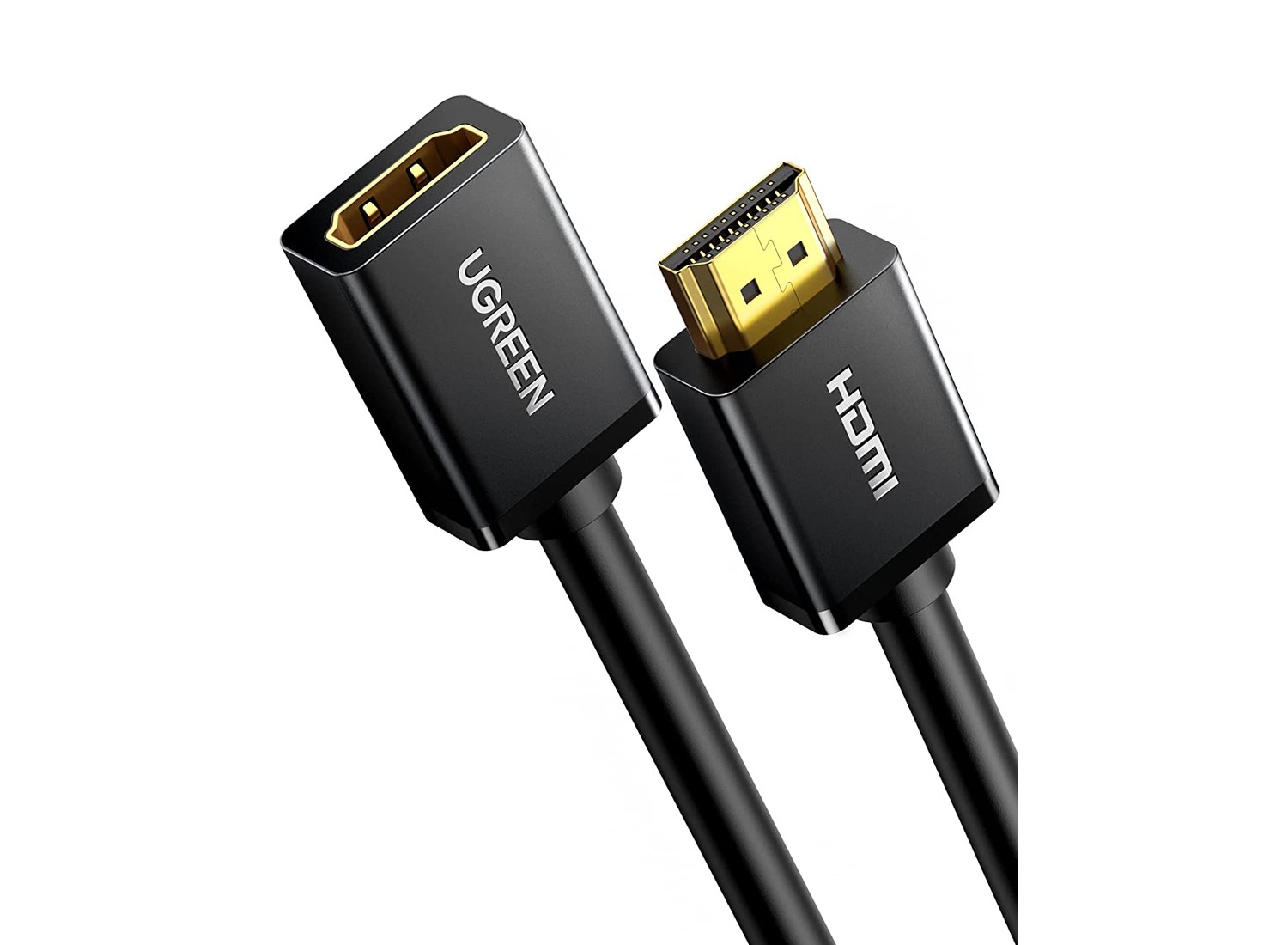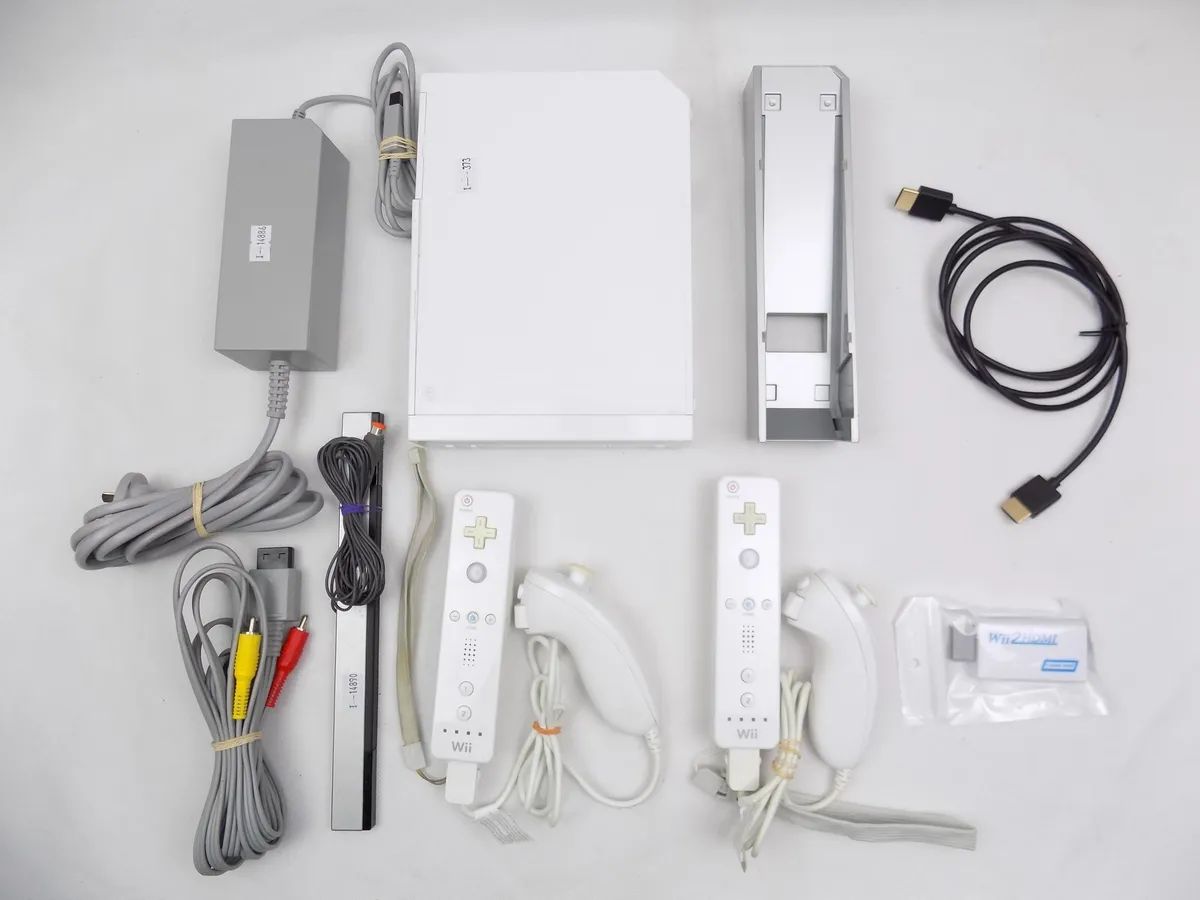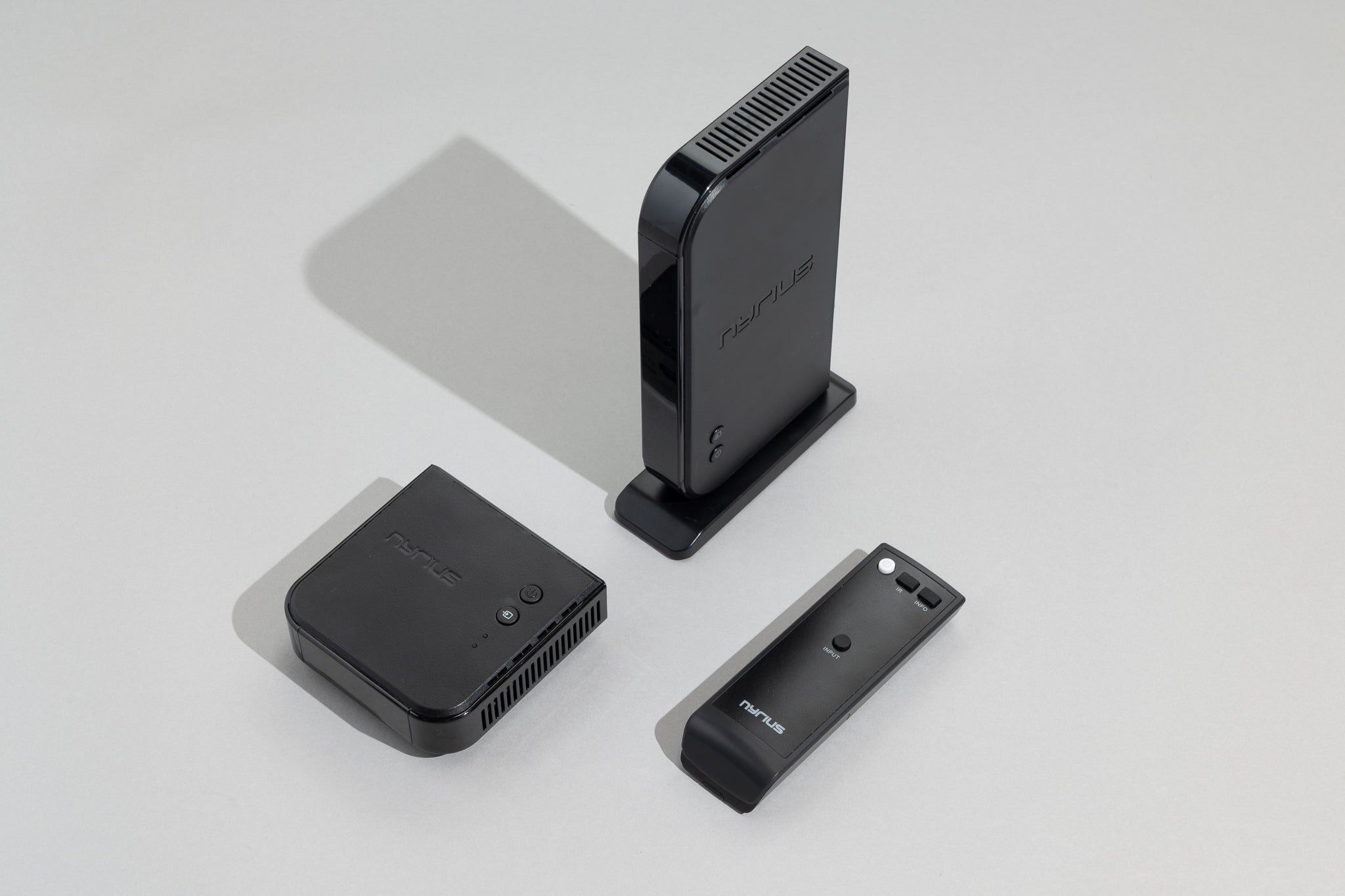Introduction
Welcome to the world of technology, where we rely on various devices to stay connected and entertained. One essential component of our modern setups is a monitor, be it for gaming, streaming, or work purposes. However, it can be quite frustrating when you encounter the dreaded “No HDMI Signal” message on your monitor. This perplexing issue leaves many users wondering what went wrong and how to resolve it.
To understand the problem and find a solution, it’s essential to have a basic understanding of HDMI signals. HDMI, or High-Definition Multimedia Interface, is a digital connection that transmits both high-quality audio and video signals between devices. It has become the standard for connecting devices like gaming consoles, media players, and PCs to displays like monitors and TVs.
The “No HDMI Signal” error typically indicates a problem in the connection between your monitor and the device sending the signal. It can be caused by a variety of issues, including faulty cables, power source problems, damaged HDMI ports, outdated graphics drivers, or incorrect display settings.
In this article, we will explore some common reasons for the “No HDMI Signal” message and provide troubleshooting steps to help you resolve the issue. By following these steps, you can determine the cause of the problem and get your monitor working again in no time.
Understanding HDMI signals
Before diving into troubleshooting, it’s important to have a solid understanding of HDMI signals and how they work. HDMI is a technology that delivers high-quality audio and video signals through a single cable, making it convenient and efficient for connecting devices to displays.
HDMI cables transmit data in a digital format, which means that the audio and video signals transmitted are in binary code. This digital transmission ensures a high level of signal integrity, resulting in pristine audio and video quality. The use of HDMI also allows for seamless transmission of high-definition content, providing a true-to-life viewing experience.
HDMI cables come in various versions, each offering different features and capabilities. The most common versions are HDMI 1.4, HDMI 2.0, and HDMI 2.1. Newer versions typically support higher resolutions, refresh rates, and color depths, allowing for enhanced visual quality.
It’s important to note that HDMI is backward compatible, meaning that you can use a newer HDMI cable with an older device or vice versa. However, you might not be able to take advantage of the advanced features offered by the newer HDMI version if your device does not support them.
When connecting devices using HDMI, it’s crucial to ensure a secure and proper connection. HDMI cables have connectors on both ends, usually with a unique shape and size to prevent incorrect connections. Make sure to align the connectors correctly and firmly plug them into the HDMI ports on both the sending and receiving devices.
Furthermore, HDMI supports various audio and video formats, including standard definition, high definition, and ultra-high definition. It also supports surround sound formats like Dolby Atmos and DTS:X, providing an immersive audio experience.
Now that you have a better understanding of HDMI signals and how they work, let’s move on to troubleshooting the “No HDMI Signal” issue and getting your monitor back up and running.
Common reasons for “No HDMI Signal”
The “No HDMI Signal” error on your monitor can be attributed to several common reasons. Understanding these potential causes will help you identify and resolve the issue effectively. Let’s explore some of the most common reasons for this problem:
- Faulty or loose cables: One of the primary culprits behind the “No HDMI Signal” issue is a faulty or loose HDMI cable. Inspect the cable for any signs of damage, such as frayed wires or bent pins, and ensure it is securely connected to both your device and the monitor.
- Power source problems: Sometimes, the power source can cause HDMI signal issues. Ensure that both your device and the monitor are receiving adequate power. Try connecting them to different power outlets or using a different power cable to rule out any power-related problems.
- Problematic HDMI port: If your monitor has multiple HDMI ports, the port you’re using may be faulty or damaged. Try connecting your device to a different HDMI port on the monitor and see if that resolves the issue.
- Outdated graphics driver: An outdated or incompatible graphics driver can interfere with the HDMI signal. Visit the website of your graphics card manufacturer and download the latest driver for your specific model. Install it and see if that resolves the problem.
- Incorrect display settings: Sometimes, incorrect display settings can result in the “No HDMI Signal” error. Go to your computer’s display settings or your device’s settings menu and ensure that the correct display source (HDMI) is selected.
- Incompatible resolution or refresh rate: Incompatibilities between the resolution or refresh rate of your device and the monitor can cause HDMI signal problems. Try adjusting the display settings to match the recommended settings for both your device and the monitor.
By considering these common reasons, you can troubleshoot the “No HDMI Signal” issue more effectively. Follow the steps outlined in the subsequent sections to address each potential cause and regain a functional HDMI connection.
Check your cables
When encountering the “No HDMI Signal” error, the first step is to check your cables. Faulty or loose cables can often be the culprit behind this issue. Follow these steps to ensure your HDMI cables are properly connected and in good condition:
- Inspect the cable: Carefully examine your HDMI cable for any visible signs of damage, such as frayed wires, bent pins, or broken connectors. If you notice any issues, consider replacing the cable with a new one that is in good condition.
- Secure the connections: Ensure that both ends of the HDMI cable are securely connected to the appropriate ports on your device and the monitor. Gently push the connectors into the HDMI ports until they are firmly in place.
- Try a different cable: If you have another HDMI cable available, try using it to connect your device to the monitor. This helps rule out the possibility of a faulty cable. If the “No HDMI Signal” error persists, you can focus on other troubleshooting steps.
- Use external power: Some HDMI cables come with an additional power supply, particularly for long-distance connections. If you are using such a cable, ensure that the external power supply is connected correctly and providing adequate power.
- Check for audio-only cables: Some HDMI cables are designed solely for audio transmission, without video capabilities. Make sure you are using an HDMI cable that supports both audio and video signals to avoid encountering the “No HDMI Signal” error.
By checking your cables and ensuring they are properly connected and in good condition, you can eliminate any potential issues caused by faulty or loose connections. If the “No HDMI Signal” error persists after these checks, move on to the next troubleshooting step.
Check your power source
Another potential cause of the “No HDMI Signal” error is power-related problems. To ensure that your monitor is receiving adequate power, follow these steps:
- Verify power connections: Check that the power cable is securely connected to both the monitor and the power outlet. Ensure that there are no loose connections or damaged cables that could hinder the power supply.
- Try a different power outlet: Plug the monitor into a different power outlet to rule out any issues with the current outlet. Sometimes, a faulty outlet or power surge can disrupt the HDMI signal. If the monitor works when connected to a different outlet, consider using a surge protector to safeguard against future power fluctuations.
- Try a different power cable: If possible, try using a different power cable for your monitor. Sometimes, a faulty power cable can cause power supply issues, resulting in an interrupted HDMI signal. Testing with a different cable can help determine if this is the problem.
- Check for power-saving settings: Some monitors have power-saving features that automatically turn off the display after a period of inactivity. Ensure that the monitor is not in a power-saving mode or sleep mode that may cause the “No HDMI Signal” error.
- Reset the power: Power off the monitor and unplug it from the power source. Wait for a few minutes, then plug it back in and power it on. Sometimes, a simple power reset can resolve power-related issues, including the “No HDMI Signal” error.
By checking your power source and ensuring a stable and sufficient power supply to your monitor, you can eliminate any potential power-related causes of the “No HDMI Signal” error. If the issue persists, move on to the next troubleshooting step.
Check your HDMI port
If you’re still encountering the “No HDMI Signal” error after checking the cables and power source, the next step is to inspect your HDMI port. Here’s what you can do to ensure the HDMI port is functioning correctly:
- Inspect the HDMI port: Take a close look at the HDMI port on both your device and the monitor. Ensure that there are no bent or damaged pins inside the port that could prevent a proper connection. If you notice any issues, you may need to seek professional assistance or consider replacing the port if possible.
- Try a different HDMI port: If your monitor has multiple HDMI ports, try connecting your device to a different port. Sometimes, a specific HDMI port may be faulty or have compatibility issues. Switching to a different port can help determine if the issue lies with a particular port.
- Clean the HDMI port: Over time, dust, debris, or corrosion may accumulate inside the HDMI port, resulting in an inconsistent connection. Use a soft, lint-free cloth or a can of compressed air to gently clean the HDMI ports on your device and the monitor. This can help ensure a clean and reliable connection.
- Check for HDMI version compatibility: In some cases, an older HDMI version on your device may not be compatible with the HDMI ports on newer monitors. Verify the HDMI version requirements of your device and monitor to ensure compatibility. If necessary, consider using an HDMI adapter or converter to bridge any compatibility gaps.
- Reset the HDMI port: To reset the HDMI port on your device, power off the device, unplug the HDMI cable, and leave it disconnected for a few minutes. Then, reconnect the HDMI cable and power on the device. This can help refresh the HDMI port and resolve any temporary issues.
By inspecting and tending to the HDMI port on your device and the monitor, you can address any potential problems that may be causing the “No HDMI Signal” error. If the issue persists, proceed to the next troubleshooting step.
Update your graphics driver
If you are still encountering the “No HDMI Signal” error, it’s possible that an outdated or incompatible graphics driver is causing the problem. Updating your graphics driver can often resolve such issues. Here’s how you can update your graphics driver:
- Determine your graphics card: Identify the make and model of your graphics card. You can usually find this information in the device manager or by visiting the manufacturer’s website.
- Visit the manufacturer’s website: Go to the website of your graphics card manufacturer, such as NVIDIA, AMD, or Intel. Look for their support or drivers section.
- Download the latest driver: In the support or drivers section, search for the driver that is compatible with your operating system and graphics card. Download the latest version of the driver.
- Install the driver: Once the driver file is downloaded, run the installer and follow the on-screen instructions to install the driver. Make sure to select the appropriate options and settings during the installation process.
- Restart your computer: After the driver installation is complete, restart your computer to apply the changes. This ensures that the new driver is fully functional and recognized by the system.
Updating your graphics driver can often fix compatibility issues and improve the stability of your HDMI connection. If the “No HDMI Signal” error persists, proceed to the next troubleshooting step.
Reset your display settings
If you’re still facing the “No HDMI Signal” error, it may be worth resetting your display settings. Sometimes, incorrect settings can interfere with the HDMI connection. Follow these steps to reset your display settings:
- Access display settings: On your computer or device, navigate to the display settings. This can usually be done through the Control Panel on Windows or the System Preferences on macOS.
- Reset to default: Look for an option to reset the display settings to their default values. This option may vary depending on your operating system and version. Select the appropriate option to reset the settings.
- Reconfigure display settings: After resetting the display settings, you may need to reconfigure them to match the requirements of your monitor and device. Set the resolution, refresh rate, and other display settings as recommended by your monitor’s documentation.
- Restart your computer: Once you’ve adjusted the display settings, restart your computer to apply the changes. This ensures that the new settings are saved and take effect.
By resetting your display settings to their default values and reconfiguring them appropriately, you can ensure that your monitor and device are in sync. If the “No HDMI Signal” error persists, proceed to the next troubleshooting step.
Test on another device
If you’re still struggling with the “No HDMI Signal” error, it’s time to rule out any potential issues with your device. Testing your monitor with another device can help determine whether the problem lies with the monitor or the original device. Here’s how to proceed:
- Prepare another device: Find another device with an HDMI output, such as a laptop, gaming console, or another computer. Ensure that the device is in working order and has an active HDMI signal.
- Connect the device to your monitor: Use a different HDMI cable to connect the alternative device to your monitor. Plug one end of the cable into the HDMI output of the device and the other end into the HDMI input of your monitor.
- Power on and test: Power on the alternative device and your monitor. Check for any signs of a successful HDMI connection, such as the device’s display appearing on your monitor. If it works without any issues, it indicates that the problem lies with the original device.
- Troubleshoot the original device: If the alternative device works flawlessly with your monitor, the issue is likely with your original device. Focus your troubleshooting efforts on the original device, such as checking its HDMI port, graphics driver, or display settings.
- Seek professional assistance: If both the alternative device and your monitor fail to establish an HDMI connection, consider seeking professional repair or contacting customer support for further assistance. They may be able to diagnose and resolve the underlying issue.
Testing your monitor with another device helps determine the source of the “No HDMI Signal” error. This information is crucial in guiding your troubleshooting efforts and finding a suitable solution. If the issue persists, proceed to the concluding section for further guidance.
Conclusion
Encountering the “No HDMI Signal” error on your monitor can be frustrating, but with some troubleshooting steps, you can resolve the issue and get your display working again. In this article, we explored various potential causes for the error and provided steps to address each one.
We started by understanding HDMI signals and how they work, highlighting the importance of ensuring a secure and proper connection between devices. We then delved into common reasons for the “No HDMI Signal” error, including faulty cables, power source problems, problematic HDMI ports, outdated graphics drivers, and incorrect display settings.
We discussed troubleshooting steps, such as checking cables for damage or looseness, ensuring a stable power source, inspecting HDMI ports for any issues, updating graphics drivers, resetting display settings, and testing on another device. By following these steps, you can identify and resolve the underlying cause of the “No HDMI Signal” error.
If the issue persists after attempting these troubleshooting steps, it may be necessary to seek professional assistance or contact the manufacturer’s customer support for further guidance. They can provide specific solutions or advise on potential hardware issues that require repair or replacement.
Remember, each situation may be unique, and it’s essential to adapt these troubleshooting steps to your specific circumstances. Patience and methodical troubleshooting will help unravel the cause of the “No HDMI Signal” error, leading to a successful resolution and a functioning display once more.







